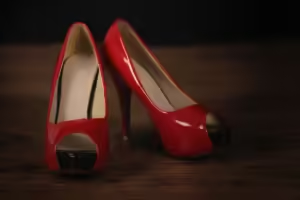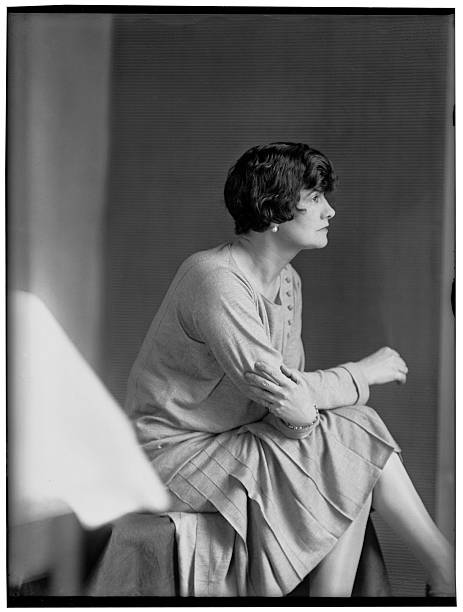High Heels Were First Worn by Men in the 17th Century as Status and Power Symbol

“High Heels Were First Worn by Men in the 17th Century as Status and Power Symbol”

Obviously today when most of us think about high heels we automatically visualize tall stilettos for women and the red carpet or formal events; However, little has really recognized that the origin of high heels was not as glamorous for women and even less men know about it or how male power & prestige a big deal in those days. Men in the 17th century wore high heels as a symbol of status. And that is how the status symbol for men came to be born, and became one of the most iconic but reviled accessories in fashion.
The Origins of High Heels From Practicality to Power
High heels were discovered in Iran in the 10th century. The people of Persia, being horseback riders, the soldiers in particular, needed heels to stay within the stirrups. Such heels allowed the riders to stand up in the stirrups and this is what gave them a secure and proper stance to shoot arrows from. Soon the practical use of heels for riding horses turned into something that symbolized prestige the wearer was seen as a person of warrior repute and thus prestige.
When the Persian soldiers began to mingle with the European society, they carried their high heeled boots along. The style soon caught the attention of the aristocratic family in Europe.
High Heels among European Aristocracy

High heels became the staple of European aristocracy by the 1600s, and much of the credit for this goes to King Louis XIV of France. Famous for his lavish fashion sense, Louis XIV adopted heels as a means of adding height to his short frame and, more symbolically, to his authority. He was known to wear dramatic red heels and even decreed that only nobles could wear shoes with red bottoms, an early form of the red soles sported by luxury brands today.
To Louis and all other nobles, the high heels became an emblazoned emblem for the rich, luxury, and social status. One had to be rich and very well off to don impractical shoes, such as those that made it impossible to walk.
In a way, high heels marked nobility since only people who did not do any physical labor needed high heels.
This was the age in which fashions became signs to define the person and the position of the individual in society. Heel allowed men to stand up in stature and indeed become an elite, masculine authority figure. The shoe was a sign of wealth but more importantly, it marked masculinity, and the heels were a symbol of power. Men, thus placed on a higher pedestal both physically and symbolically were accorded much more powerful positions in society.
Interestingly, heels of the time were much more decadent than many of those that are prevalent today. Some had great designs. They had embroidery on fabric, metal, and sometimes jewels. This extravagance made the elites even further away from the common people. The masses could not afford such opulent pieces.
The Change: The Rise of High Heels as an Exclusive Fashion for Women
This trend in men wearing heels was diminishing by the 18th century. Once concepts about gender roles came along, fashion began to be divided into more opposite camps. Men’s apparel began to be simple, almost minimalist, whereas ladies’ styles became increasingly fussy and complicated. Heels once had defined masculinity and nobility attached to them were slowly identified with women’s dressing.
The high heel became solely women’s fare during the 19th century, thus becoming the characteristic element of feminine fashion and sensuality. Males would dress in fashions of more functional orientation and made little use for shoes symbolizing power, since men wanted to demonstrate agility, not dominance. Heel designs eventually just became concerned with being beautiful, sophisticated, and classy.
Today, high heels are a complex symbol. For some, it is empowerment and confidence. Others view them as representing the outdated gender expectations that women have been subjected to for years. Regardless of which side of the coin you’re on, the history of high heels reaches as far back as ancient Persia and 17th-century European nobility.
From Persian warriors to French kings, to icons in the modern era, high heels have been quite an incredible journey across time and cultures. From what began as a practical solution for soldiers to the mighty symbol of masculinity that became a fashion statement of feminine excellence we are so accustomed to today, high heels are quite an interesting product of human creativity. So the next time you see a pair of high heels, remember they once helped men ride into battle and assert their status.
you might also like this








One thought on “High Heels Were First Worn by Men in the 17th Century as Status and Power Symbol”